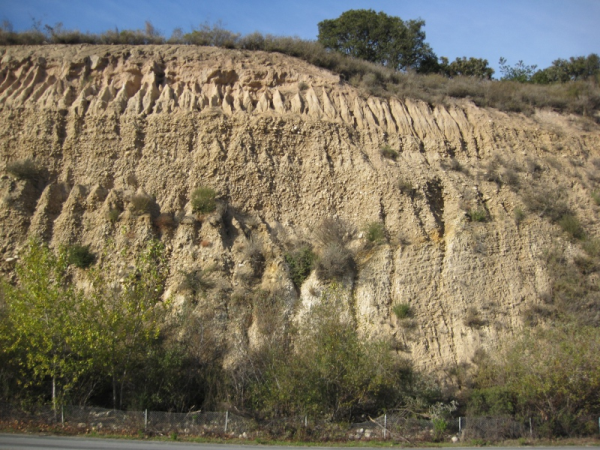 |
| Carmel Valley, California |
Delays caused by the switch to a new access route could postpone the start of the San Clemente Dam removal project past summer and even into next year, said a county planner.
But a California American Water spokeswoman said the company is hoping to begin the much-anticipated project by summer.
Work on the $83 million project, which includes removing the dam and re-routing a portion of the Carmel River along with removing the old Carmel River dam, was supposed to start last year.
http://www.montereyherald.com/local/ci_22726079/san-clemente-dam-removal-project-may-be-delayed
Photo from: https://secure.flickr.com/photos/lvibber/sets/72157622590664819/with/4097774150/





